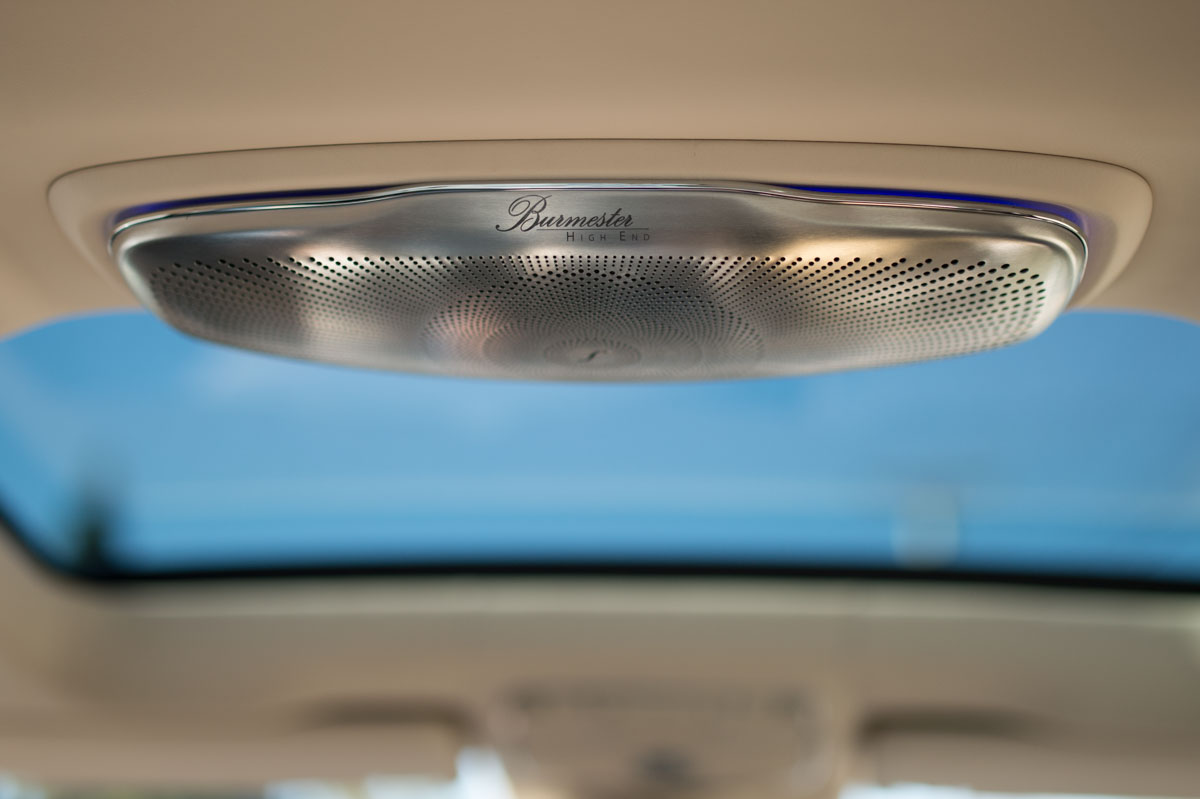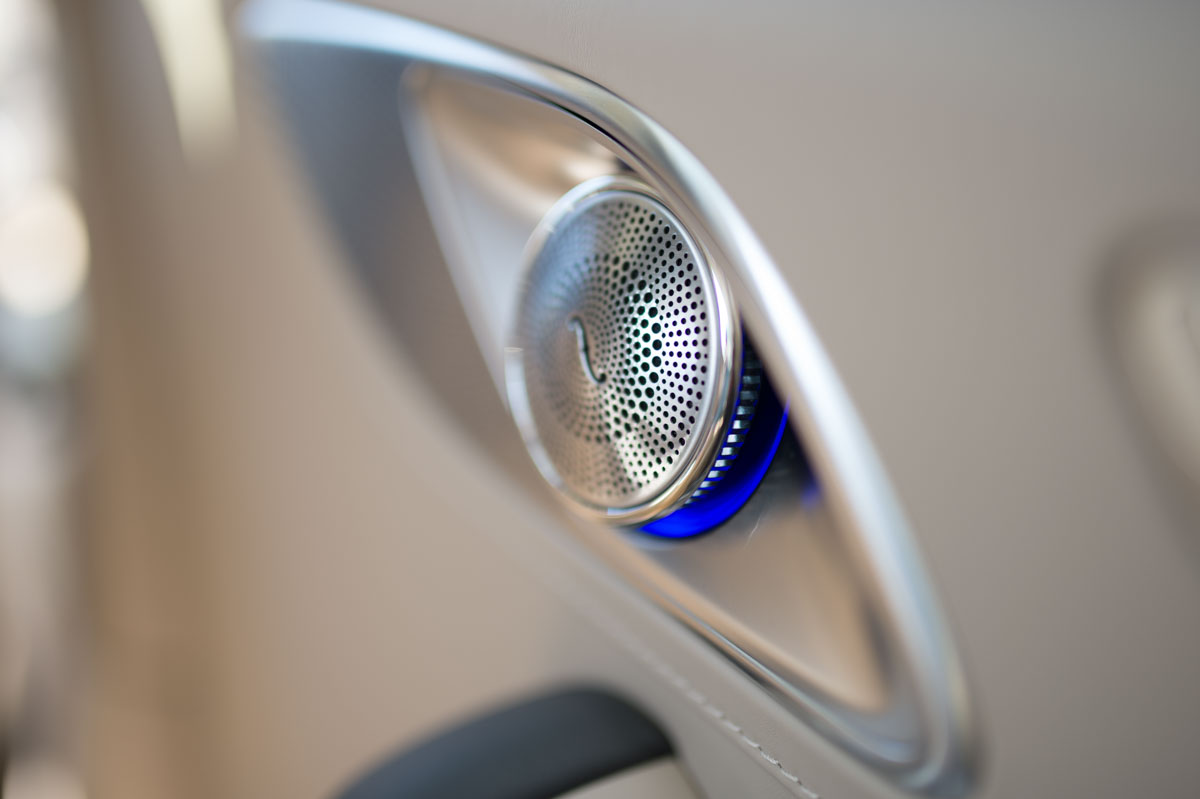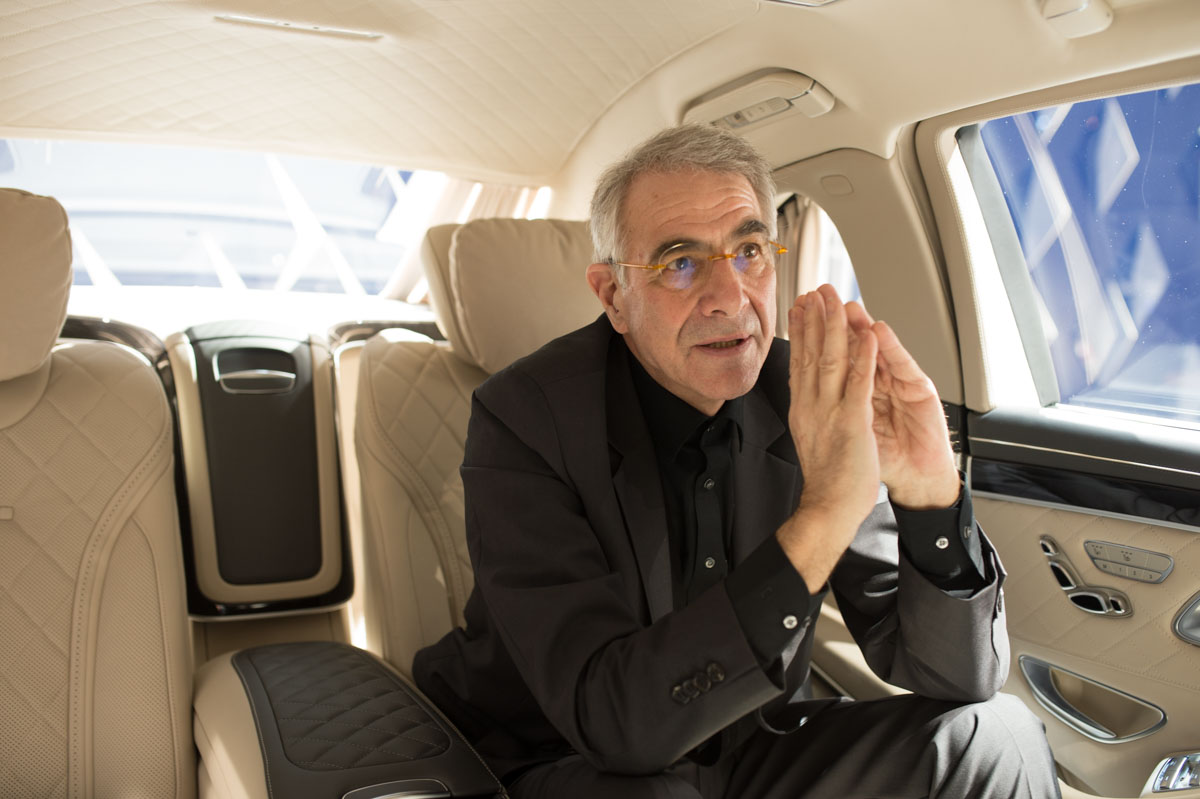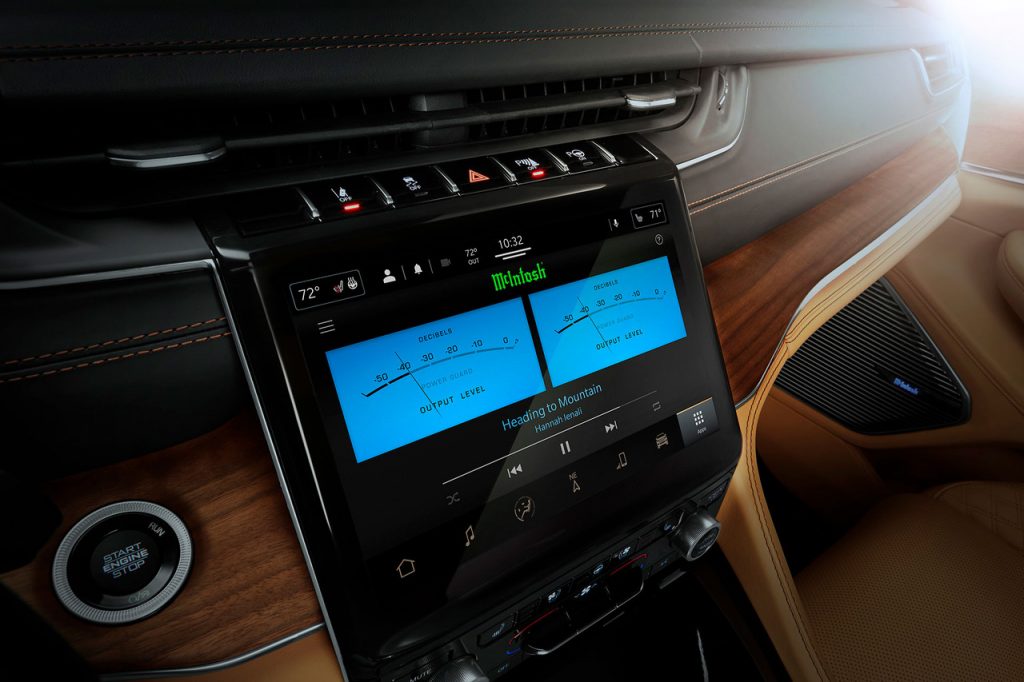Interview: Dieter Burmester on Making Automotive Sound Systems
Sitting in the back of a Mercedes Maybach Pullman we were engulfed by sound and inspired by genius

For many of us, the dynamics of sound is difficult to fully comprehend but easy to criticize. A meticulously crafted speaker is only as good as the amp it’s connected to, there isn’t a system in the world that can help a poorly shaped space seem like it has good acoustics and the listener’s experience is entirely dependent on their location relative to the speakers. The car provides an opportunity for audio engineers to create an exceptional experience because the space is contained and controllable, while the passengers’ listening position is almost entirely predictable. For Dieter Burmester (the self-described “creative engineer” behind the eponymous hi-fi brand), the notion of perfection has been nearly achieved on the system developed for Mercedes Maybach.

I believe that music can transport emotions.
“We’ve gotten a chance to fulfill all our wishes to make a soundsystem with this car,” Burmester explains during an interview in the rear of a Maybach Pullman. Burmester, who is also a musician, began building amps at 15. “What I try to offer is that the people get emotion, goosebumps and tears as they listen to music,” he continues. While we listened to a range of musical styles on the system, it was immediately apparent how special it is—the world around us disappeared and we were swallowed in sound so flawless it felt live. Responding to my effusive compliments on his engineering, Burmester humbly reflects, “Confucius said ‘The way is the target, not to get from A to B.’ The journey is the nice thing. With this music you never want to get to B.”

To develop this system, Burmester reports spending many hours (and covering thousands of kilometers) just listening to and tuning the system. The process included using a computer and digital signal processor to manipulate the tuning for different automotive variables—road and wind noise at different speeds, whether the glass partition is up or down and what noises the engine might be making. These adjustments are then burned into the system and applied in real-time based on the active listening from microphones placed throughout the car. As a finishing touch, each customer can specify their preferred musical genres and the system will get a final tuning and burning in before the car is delivered.

Burmester is a kind, warm genius who I could have spoken with for hours, but alas my time with him was limited so we ended listening to “Child in Time” by Deep Purple. “That’s how a Hammond organ should sound,” he remarked as I wiped a tear from my eye.
Images by Josh Rubin












